In the age of constant connectivity and relentless busyness, the pursuit of tranquility can feel like a distant dream. Yet, amidst the chaos, there exists a profound practice that offers respite from the noise of modern life: mindfulness combined with Reduced Environmental Stimulation Therapy (REST), also known as floatation therapy.
Mindfulness, rooted in ancient contemplative traditions, invites us to cultivate a non-judgmental awareness of the present moment. It encourages us to observe our thoughts, feelings, and sensations with curiosity and compassion, fostering a deeper connection to ourselves and the world around us.
On the other hand, REST takes us on a journey inward by reducing external stimuli to a minimum. Floatation therapy, a popular form of REST, involves floating effortlessly in a tank filled with warm Epsom salt water, creating an environment devoid of sight, sound, and gravity. In this weightless sanctuary, the mind finds freedom from the constant chatter of daily life, allowing for profound relaxation and introspection.
So, what happens when we marry the practices of mindfulness and REST?
- Deep Relaxation: When we combine mindfulness with floatation therapy, we create a synergistic effect that amplifies the benefits of both practices. As we float effortlessly in the sensory-deprived environment of the float tank, we can more easily drop into a state of deep relaxation, free from the distractions of the outside world. This profound relaxation not only rejuvenates the body but also calms the mind, paving the way for inner peace.
- Heightened Awareness: Mindfulness teaches us to cultivate a heightened awareness of our internal experiences, including our thoughts, emotions, and bodily sensations. In the tranquil space of the float tank, where external stimuli are minimized, this awareness is amplified. Without the usual distractions vying for our attention, we can more fully tune into the subtle nuances of our inner landscape, gaining insights into our patterns of thought and behavior.
- Stress Reduction: Both mindfulness and floatation therapy have been shown to reduce stress levels and promote a sense of calm. By combining these practices, we create a powerful antidote to the stressors of modern life. The deep relaxation induced by floatation therapy helps to soothe the nervous system, while mindfulness equips us with the tools to navigate life’s challenges with greater ease and resilience.
- Enhanced Creativity and Insight: The spaciousness of the float tank and the heightened awareness cultivated through mindfulness can lead to moments of profound insight and creativity. Freed from the constraints of external distractions, our minds are free to wander, making unexpected connections and unlocking new perspectives. Many artists, writers, and entrepreneurs swear by floatation therapy as a tool for accessing their creative flow and problem-solving abilities.
- Self-Discovery and Healing: Ultimately, the combination of mindfulness and REST offers a pathway to self-discovery and healing. By turning inward and exploring the depths of our inner world, we can uncover hidden truths, release stored tension, and cultivate a deep sense of self-compassion. This journey of self-exploration can be transformative, leading to greater self-awareness, authenticity, and inner peace.
In conclusion, the integration of mindfulness and REST offers a powerful means of navigating the depths of inner peace in an increasingly chaotic world. Whether practiced individually or combined, these techniques invite us to slow down, tune into the present moment, and reconnect with our true essence. As we journey inward, may we discover the boundless reservoir of peace and wisdom that resides within each of us.

